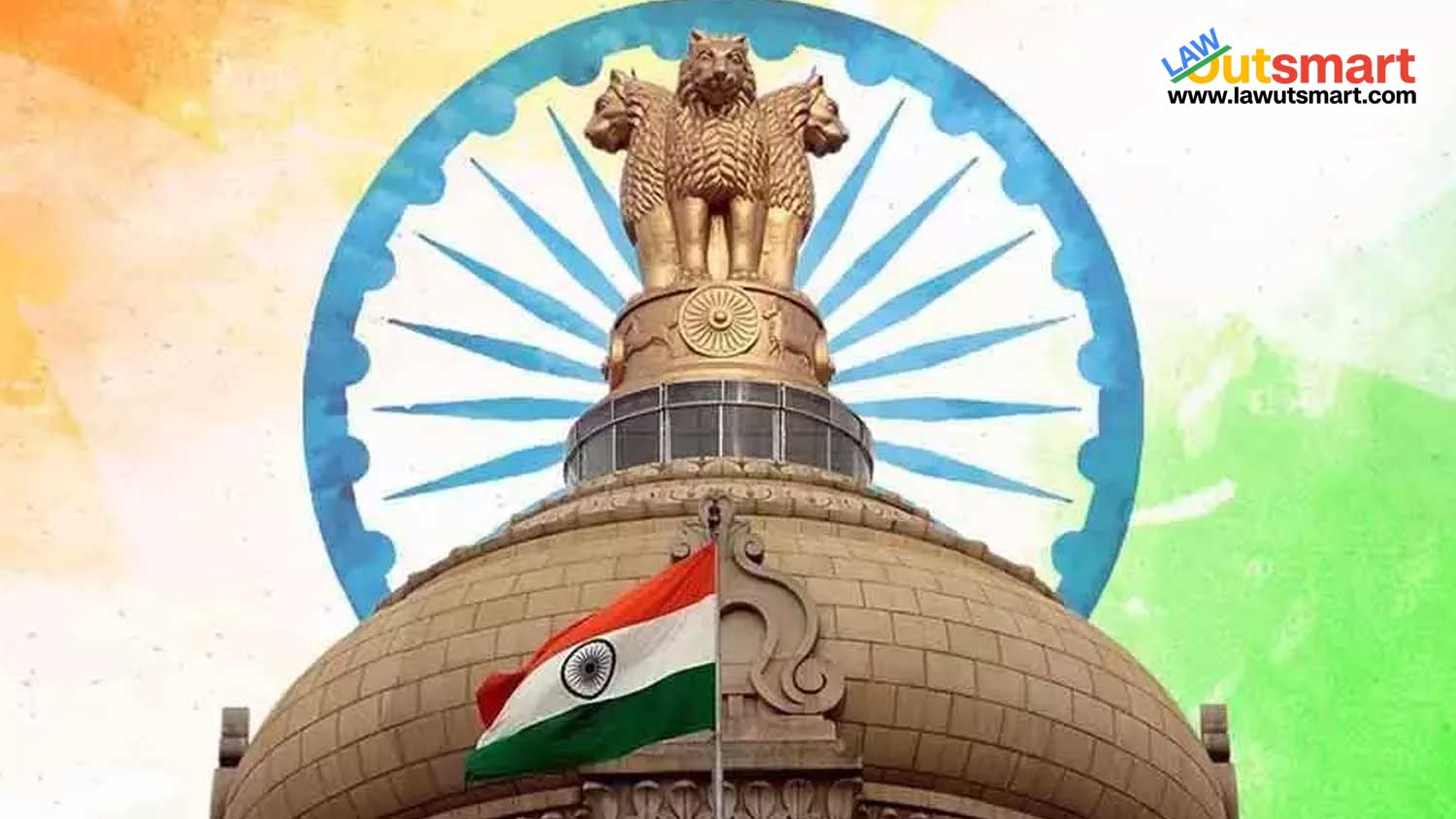In one of the world’s largest and most diverse democracies, the Government of India plays a pivotal role in shaping the destiny of over 140 crore people. With its federal structure and extensive bureaucracy, the government is a complex machine working to ensure the smooth running of a nation that is a melting pot of languages, cultures, and religions. This article aims to provide a comprehensive overview of the Government of India, its structure, its functions, and the challenges and opportunities that lie ahead.
Historical Perspective
The present structure of the Indian Government is largely influenced by the British colonial rule. The country gained independence on 15 August 1947, and formally adopted its constitution on 26 January 1950. The constitution was a collaborative effort by leaders across various sectors and philosophies, who aimed to create a government that is inclusive, secular, and democratic.
Structure of the Government
The Executive
- President: The ceremonial head of state, the President has limited powers and functions on the advice of the Cabinet.
- Prime Minister: The leader of the majority party in the Lok Sabha, the Prime Minister is the functional head of government.
- Cabinet Ministers: These are heads of various departments or ministries, such as finance, defense, health, and education.
The Legislature
- Lok Sabha (House of the People): The lower house of parliament, members are directly elected by the people.
- Rajya Sabha (Council of States): The upper house of parliament, members are elected by the elected members of the State Legislative Assemblies.
The Judiciary
- Supreme Court: The apex court of India, it has the final say in interpreting the Constitution and federal laws.
- High Courts and Lower Courts: These deal with state laws and are under the administrative control of the respective state governments.
Federal Structure
India follows a federal system where the powers and functions are divided between the Central government and the State governments. Additionally, there are Union Territories which are directly administered by the Central government.
Key Functions of the Government of India
The Government of India, like any other sovereign entity, serves as the backbone of the nation. Rooted in democratic ideals and guided by the Constitution, the Indian government performs a multitude of functions. These range from preserving law and order to providing healthcare and education, regulating the economy, and ensuring national security.
Legislative Functions
Making Laws
Arguably, the most crucial function of the government is to formulate laws and regulations that govern the behavior of individuals and institutions within the country. Laws serve as a formalized system of rules and guidelines that seek to maintain social order.
Amendments
The Government, through the Parliament, has the power to amend the Constitution, provided there is a two-thirds majority in favor of such an amendment. This is a vital legislative function that allows the government to adapt the Constitution to changing times and needs.
Administrative Functions
Implementation of Laws
Once laws are enacted, the onus of implementing them falls on the administrative machinery of the government. This includes everything from enforcing tax laws and maintaining public records to conducting elections and issuing licenses.
Regulation and Control
The Government regulates various sectors like education, healthcare, and transport through different ministries and departments. These bodies oversee the functioning of these sectors, ensuring they meet established standards.
Public Services
The Government is also responsible for providing essential public services like electricity, water, and sanitation. These are often provided through state-owned enterprises or in collaboration with private companies.
Economic Functions
Monetary and Fiscal Policy
The Reserve Bank of India, under the purview of the Government, controls monetary policy. This includes regulating interest rates and money supply. Fiscal policy, which encompasses taxation and government spending, is managed by the Ministry of Finance.
Regulation of Trade and Commerce
The Government regulates internal and international trade, imposes tariffs, and ensures fair competition. This is done to protect domestic industries and also to comply with international trade agreements.
Employment Generation
Generating employment opportunities is another critical economic function. Through various programs and schemes like the Mahatma Gandhi National Rural Employment Guarantee Act (MGNREGA), the Government seeks to provide jobs to the unemployed.
Defense and Security Functions
National Security
Protecting the geographical and political boundaries of the country is a paramount function. The Government maintains armed forces for this purpose and ensures they are well-equipped.
Internal Security
Internal security involves maintaining law and order within the country. The Government achieves this through law enforcement agencies like the police and specialized forces like the Central Reserve Police Force (CRPF).
Social Welfare Functions
Education and Healthcare
The Government plays a crucial role in providing public education and healthcare. Through various schemes and programs, like the Right to Education Act and Ayushman Bharat, it seeks to make these services accessible to all.
Social Justice
A cornerstone of the Indian Constitution is the concept of social justice. The Government aims to reduce inequalities through various reservation systems and welfare schemes for marginalized communities.
Foreign Policy Functions
Diplomacy
The Ministry of External Affairs is responsible for establishing and maintaining diplomatic relations with other countries. The Government defines the nation’s foreign policy goals and works towards achieving them.
International Agreements
The Government negotiates and enters into various international agreements and treaties, which range from trade agreements to defense pacts.
Conclusion
The Government of India is a colossal entity tasked with governing one of the world’s most diverse and populous nations. It has had its share of successes and challenges, but its evolving nature allows it to adapt and grow. As India continues to make its mark on the global stage, the role of its government in guiding and governing its people remains pivotal. Its success or failure in addressing the numerous challenges it faces, from governance to social inequality to environmental sustainability, will not only determine the future of its citizens but also significantly influence the geopolitics of the region and, indeed, of the world.

